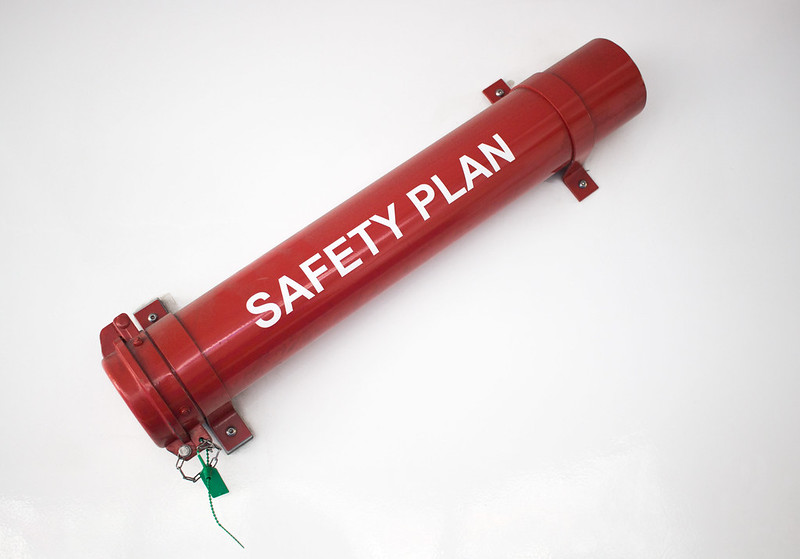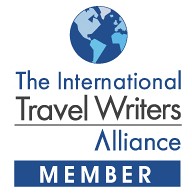
In today’s competitive business landscape, adhering to industry safety standards is more than just a legal requirement; it’s a key factor in building trust and credibility with clients, employees, and stakeholders. Organisations that prioritise safety not only protect their workforce but also enhance their reputation and gain a competitive edge. Achieving compliance can seem daunting, but with the right approach, businesses can meet these standards efficiently and effectively.
Here’s a comprehensive guide to meeting industry safety standards and boosting your organisation’s reputation, including the role of frameworks like SSIP accreditation in streamlining the process.
Understanding Industry Safety Standards
Industry safety standards are guidelines and regulations designed to ensure safe practices in the workplace. These standards vary by sector but generally cover areas such as:
- Workplace Safety: Measures to prevent accidents and injuries on-site.
- Employee Training: Ensuring staff are equipped with the knowledge to perform tasks safely.
- Equipment Maintenance: Regular checks and servicing to prevent malfunctions and hazards.
- Risk Assessments: Identifying and mitigating potential risks in the workplace.
Meeting these standards is crucial for avoiding legal penalties, reducing workplace incidents, and fostering a culture of safety.
The Role of SSIP Accreditation
The SSIP accreditation (Safety Schemes in Procurement) is a UK-based initiative that simplifies the process of demonstrating compliance with health and safety standards. It acts as a common framework for assessing safety practices, making it easier for organisations to showcase their commitment to safety.
By achieving SSIP accreditation, businesses can:
- Streamline Compliance: Meet multiple safety requirements with a single assessment.
- Boost Credibility: Demonstrate a commitment to high safety standards.
- Win Contracts: Many clients and contractors prefer working with accredited organisations.
- Save Time and Resources: Reduce the need for repetitive audits and assessments.
Steps to Meet Industry Safety Standards
- Conduct a Comprehensive Audit Begin by evaluating your current safety practices. Identify areas where your organisation meets industry standards and areas that need improvement. This audit will serve as a roadmap for achieving compliance.
- Develop Clear Policies Create and document clear safety policies tailored to your industry and organisation. Ensure these policies address key areas such as emergency procedures, equipment usage, and risk management.
- Provide Employee Training Regular training sessions are essential for ensuring employees understand safety protocols. Tailor training programs to specific roles and update them as regulations and industry practices evolve.
- Implement a Risk Management Plan Conduct regular risk assessments to identify potential hazards and develop strategies to mitigate them. Use tools and software to streamline this process and ensure consistency.
- Maintain Equipment and Facilities Regular maintenance of tools, machinery, and facilities is critical for preventing accidents. Establish a schedule for inspections and servicing to ensure everything is in good working order.
- Engage with Accreditation Schemes Achieving SSIP accreditation is a powerful way to demonstrate compliance and commitment to safety. Work with an accreditation body to complete the assessment and address any gaps identified during the process.
- Monitor and Review Safety is an ongoing commitment. Regularly review your policies, training programs, and risk management plans to ensure they remain effective and aligned with industry standards.
Enhancing Your Reputation Through Safety
Meeting safety standards is not just about compliance; it’s also a way to build trust and strengthen your organisation’s reputation. Here’s how prioritising safety can enhance your standing in the industry:
- Attracting Clients Clients want to work with organisations they can trust. Demonstrating your commitment to safety through SSIP accreditation and robust practices reassures clients that you prioritise quality and responsibility.
- Building Employee Loyalty A safe work environment shows employees that their wellbeing is valued. This fosters loyalty, boosts morale, and reduces turnover, creating a more productive and engaged workforce.
- Standing Out in the Market Safety-conscious organisations gain a competitive edge by distinguishing themselves as reliable and trustworthy. Highlighting your safety credentials in marketing materials and client communications can set you apart from competitors.
- Avoiding Negative Publicity Workplace accidents and safety violations can lead to reputational damage. By maintaining high safety standards, you reduce the risk of incidents that could harm your organisation’s image.
Overcoming Challenges in Achieving Compliance
Implementing and maintaining safety standards can be challenging, especially for smaller organisations. Common obstacles include limited resources, resistance to change, and navigating complex regulations. Here are some strategies to overcome these challenges:
- Leverage External Support: Work with consultants or accreditation bodies to streamline the compliance process.
- Use Technology: Invest in tools and software to automate risk assessments, training, and reporting.
- Foster a Safety Culture: Engage employees at all levels to create a culture where safety is a shared priority.
- Focus on Incremental Improvements: Start with manageable changes and build on your progress over time.
Real-World Applications of SSIP Accreditation
SSIP accreditation is widely recognised across various industries, including:
- Construction: Ensuring site safety and meeting contractor requirements.
- Manufacturing: Maintaining equipment safety and protecting workers from hazards.
- Healthcare: Managing hygiene and safety protocols to safeguard staff and patients.
- Education: Creating safe learning environments for students and staff.
Conclusion
Meeting industry safety standards is an essential part of running a successful and responsible organisation. By adopting robust safety practices and achieving SSIP accreditation, businesses can protect their workforce, comply with regulations, and enhance their reputation.
Prioritising safety is not just about meeting legal requirements; it’s a commitment to excellence that benefits employees, clients, and the broader community. With the right strategies and tools, organisations can achieve compliance and position themselves as leaders in their industry.




















